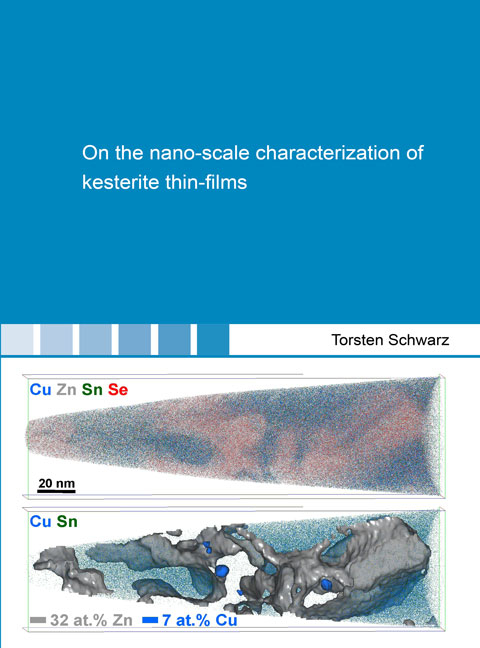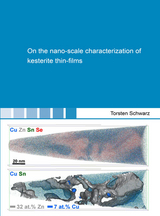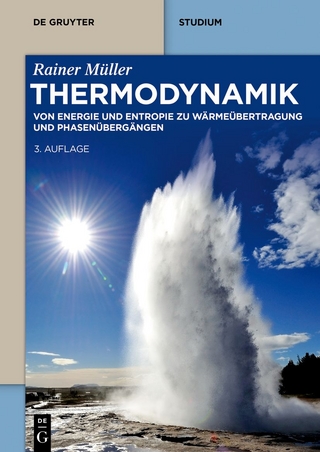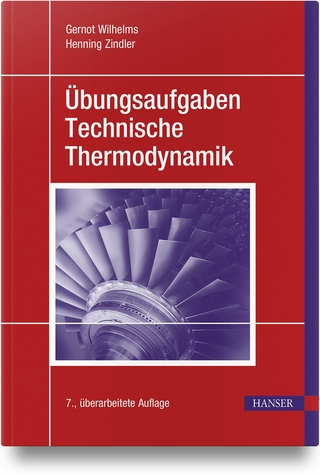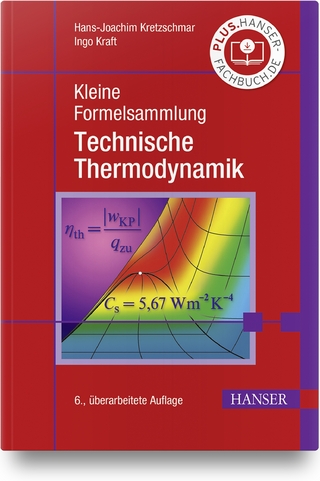On the nano-scale characterization of kesterite thin-films
Seiten
- Keine Verlagsinformationen verfügbar
- Artikel merken
Cu2ZnSnSe4 (CZTSe, kesterite) is used as a polycrystalline absorber material for thin-film solar cells. However, the fabrication of CZTSe thin-films is impeded by the formation of secondary phases. Their influence on the cell efficiency is poorly understood. This is because identification and characterization of secondary phases is extremely challenging due to their similar structure with CZTSe. Thus, quantification by conventional X-ray diffractometry is not reliable. Therefore, atom probe tomography (APT) and methods of transmission electron microscopy were used in order to investigate compositional fluctuations and phase formation at the nanoscale, which determine the properties of the absorber layer.
APT measurements reveal that independent of the growth conditions (Cu-poor, Cu-rich, or Zn-rich) the composition of single CZTSe grains is nearly identical in all CZTSe films. It is Cu-poor ([Cu]/([Zn]+[Sn])˜0.8) and almost stoichiometric in the [Zn]/[Sn] ratio (~1).
Cu-Sn-Se compounds, which are only a few nanometers in size, were identified in the space charge region of absorber films which were prepared by Cu-rich conditions and subsequent annealing in a SnSe atmosphere. The presence of Cu-Sn-Se compounds leads to a failure of solar cells made from this absorber film.
Moreover, for the first time compositional fluctuations at CZTSe grain boundaries (GB) were quantified. Before annealing of the CZTSe thin-films at 500 °C the CZTSe GBs are Cu-enriched. After annealing the CZTSe GBs are either Zn-enriched or decorated by Na and K impurities. Possible effects on the cell performance were discussed.
A complex nanosized network of interconnected ZnSe was detected, where ZnSe is doped with Cu and Sn. It acts as a barrier for electrons and holes and hence reduces their mobility. This can be the reason for the occurrence of a high series resistance at low temperature of the studied solar cells. Furthermore, due to its large interface area the ZnSe/CZTSe interface contributes to the recombination activity, which increases the saturation current. Preliminary density functional theory (DFT) calculations exhibit that Cu and Sn doping of ZnSe leads to the formation of energetically shallow CuZn and deep SnZn antisites. CuZn antisites acting as acceptors have the lowest formation energy and might lead to p-type doping of ZnSe.
Furthermore, by using APT two novel phases of Cu2Zn5SnSe8 and Cu2Zn6SnSe9 composition were identified in CZTSe thin-films, which were prepared by co-evaporation at 320 °C. DFT calculations also predict their existence and reveal a band gap of 1.1 eV for both phases. Possible consequences for the cell performance were presented.
APT measurements reveal that independent of the growth conditions (Cu-poor, Cu-rich, or Zn-rich) the composition of single CZTSe grains is nearly identical in all CZTSe films. It is Cu-poor ([Cu]/([Zn]+[Sn])˜0.8) and almost stoichiometric in the [Zn]/[Sn] ratio (~1).
Cu-Sn-Se compounds, which are only a few nanometers in size, were identified in the space charge region of absorber films which were prepared by Cu-rich conditions and subsequent annealing in a SnSe atmosphere. The presence of Cu-Sn-Se compounds leads to a failure of solar cells made from this absorber film.
Moreover, for the first time compositional fluctuations at CZTSe grain boundaries (GB) were quantified. Before annealing of the CZTSe thin-films at 500 °C the CZTSe GBs are Cu-enriched. After annealing the CZTSe GBs are either Zn-enriched or decorated by Na and K impurities. Possible effects on the cell performance were discussed.
A complex nanosized network of interconnected ZnSe was detected, where ZnSe is doped with Cu and Sn. It acts as a barrier for electrons and holes and hence reduces their mobility. This can be the reason for the occurrence of a high series resistance at low temperature of the studied solar cells. Furthermore, due to its large interface area the ZnSe/CZTSe interface contributes to the recombination activity, which increases the saturation current. Preliminary density functional theory (DFT) calculations exhibit that Cu and Sn doping of ZnSe leads to the formation of energetically shallow CuZn and deep SnZn antisites. CuZn antisites acting as acceptors have the lowest formation energy and might lead to p-type doping of ZnSe.
Furthermore, by using APT two novel phases of Cu2Zn5SnSe8 and Cu2Zn6SnSe9 composition were identified in CZTSe thin-films, which were prepared by co-evaporation at 320 °C. DFT calculations also predict their existence and reveal a band gap of 1.1 eV for both phases. Possible consequences for the cell performance were presented.
| Erscheint lt. Verlag | 6.7.2015 |
|---|---|
| Reihe/Serie | Berichte aus der Physik |
| Verlagsort | Aachen |
| Sprache | englisch |
| Maße | 148 x 210 mm |
| Gewicht | 233 g |
| Einbandart | Paperback |
| Themenwelt | Naturwissenschaften ► Physik / Astronomie ► Thermodynamik |
| Schlagworte | Atom probe tomography • cathodoluminescence • kesterite • TEM • thin-film solar cells |
| ISBN-10 | 3-8440-3726-8 / 3844037268 |
| ISBN-13 | 978-3-8440-3726-5 / 9783844037265 |
| Zustand | Neuware |
| Haben Sie eine Frage zum Produkt? |
Mehr entdecken
aus dem Bereich
aus dem Bereich
Von Energie und Entropie zu Wärmeübertragung und Phasenübergängen
Buch | Softcover (2023)
De Gruyter Oldenbourg (Verlag)
54,95 €
